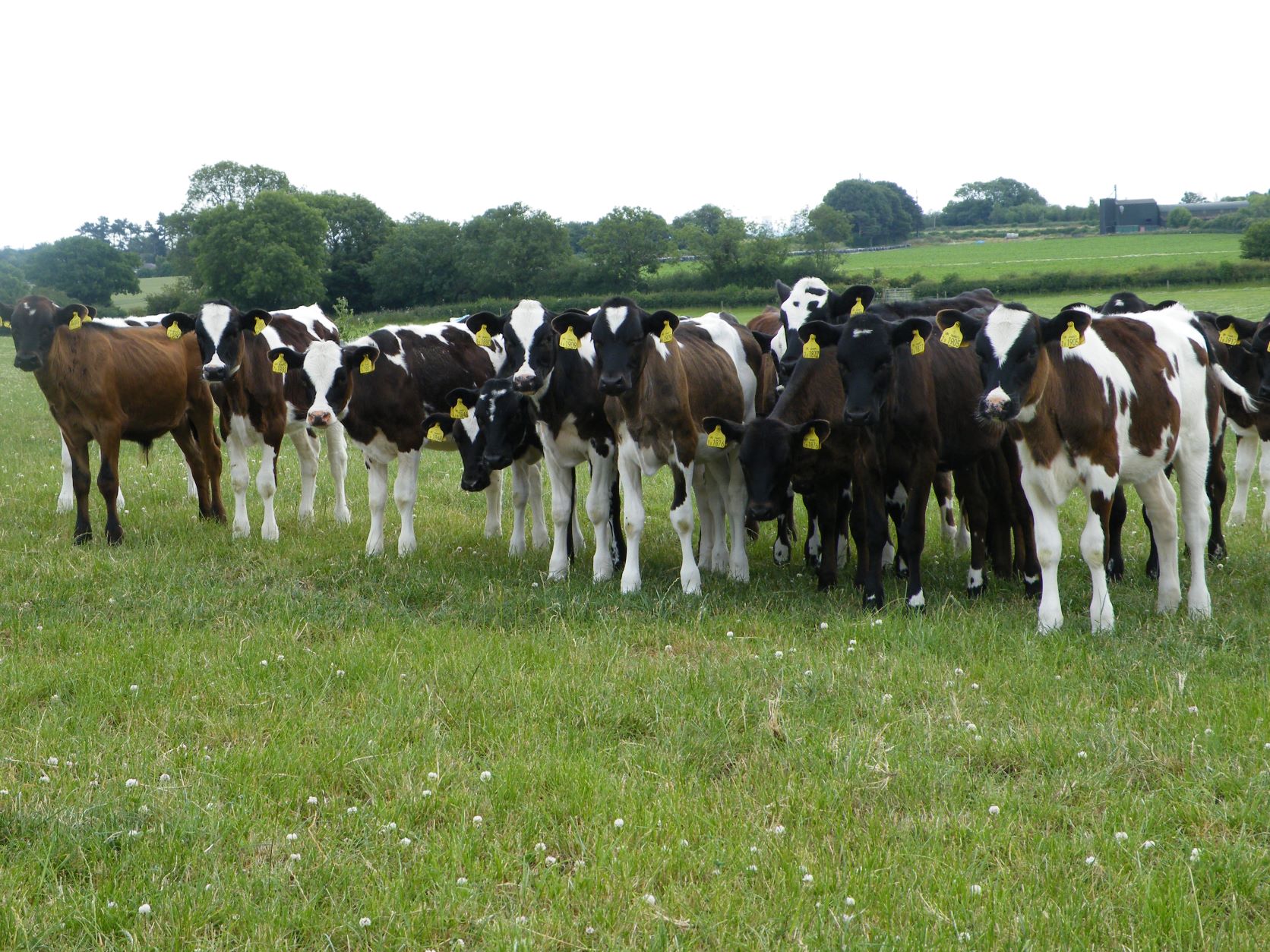- Home
- Knowledge library
- Maintaining heifer growth rates at grass
Maintaining heifer growth rates at grass
While the focus is on the milking platform, don’t forget strategies to maintain heifer growth rates during the drought.
Heifers generate heat when ruminating feed, which leads to lower feed intakes. And during periods of high temperatures, it means grazing will be lowest during the heat of the day. Sean Chubb, lead consultant with LIC (UK), shares some insight on how to manage your growing heifers.
“You can reduce the effects of heat by thinking about what feeds are being offered and when, and making sure there is sufficient water nearby. New breaks or supplements early in the morning or late in the evening will help to keep intakes up. On hot days, consider putting heifers in paddocks with trees or hedges for shade. But beware of creating an issue if all the heifers are trying to get under just one tree and some are trampled.”
Grass quality can also be an issue if ME drops to 11 MJ/kgDM and it is supplied as stem-dominated grass. Heifers will struggle to get enough intake to meet growth requirements – particularly younger calves. “Protein could also be a limiting factor, especially in younger calves. When grass goes into a stressed state, its protein levels drop, possibly as low as 15%,” says Sean.
“Any heifer under a year old will have a protein requirement of 15% or more. Get grass tested to know what you are dealing with, so you can supplement accurately if needed. If in doubt about heifer growth performance, feed the best quality feed that is available until the drought has broken.”
Sean stresses that it’s important to remember when supplementing that the drier the feed, the more drinking water is going to be needed. Concentrates might be the easiest option for heifers at grass, but they will result in higher water needs.
 Rupert Major
Rupert Major

